

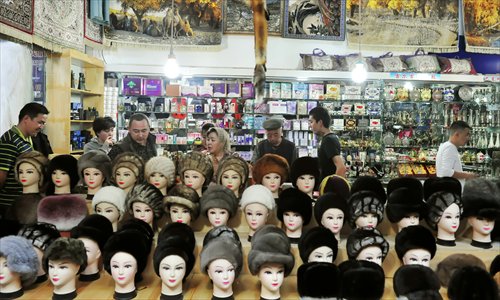
Fur hats on display in Abdullah's shop. Photo: Yu Lei
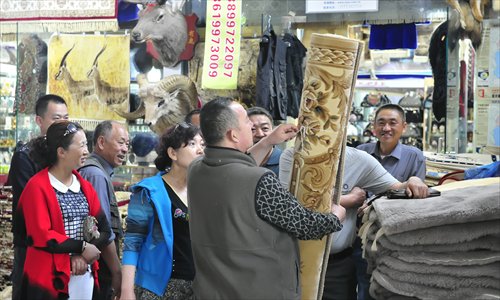
Tourists from Qingdao, Shandong Province check Abdullah's carpets. Photo: Yu Lei
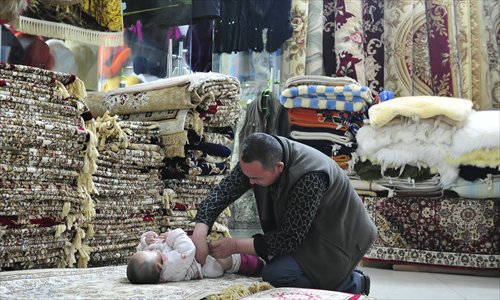
Abdullah changes his younger daughter's diaper in his shop. Photo: Yu Lei

Abdullah and his wife eat a traditional meal in their shop. Photo: Yu Lei

Abdullah unloads tapestries, which he ordered from Turkey, from a truck. He now visits Almaty in Kazakhstan twice a year to buy products, and places orders from other countries via telephone. Photo: Yu Lei
Abdullah, a 51-year-old ethnic Kazakh man from Horgos city in the northwest part of the Xinjiang Uyghur Autonomous Region, is a witness to the development of this border port connecting China and Kazakhstan.
In the past three decades, the transit port has grown from a negligible border town to an important transport, logistics and trading hub in China's "One Belt, One Road" initiative, introduced by Chinese President Xi Jinping during his visit to Kazakhstan in 2013.
In 1983, China opened the Horgos port to Kazakhstan. Located on the border with Kazakhstan in the Ili Kazakh Autonomous Prefecture of the Xinjiang Autonomous Region, the port became an important commercial gateway to China's neighbor, and Abdullah was one of the first traders who did business there.
Over the past 20 years, despite ups and downs, his business has successfully grown from a makeshift stand in the border market to a shop in Horgos' biggest commercial building, the Horgos International Business and Trade Center, which was opened in 2006.
His main business has also expanded from selling small souvenirs, which he bought from Kazakh businessmen, to carpets and fur products which he imports from Turkey, Russia, Kazakhstan and other countries. During tourist seasons, his revenue can reach 50,000 ($8,054) to 60,000 yuan each day.
Around that time, he met his wife, a Hui Muslim woman named Ma Chunlan. They now have two daughters, with the younger one being born last year.
Last June, Horgos was officially upgraded as a city in the Xinjiang Uyghur Autonomous Region, becoming the youngest city on the Silk Road economic belt. The city has also set up a free trade center with Kazakhstan, which covers 3.43 square kilometers of area on the Chinese side and 1.85 square km on the Kazakh side.
For Abdullah, this means brand new opportunities, and he is now preparing new stocks for sale in the free trade zone.
 Student proposes during graduation ceremony
Student proposes during graduation ceremony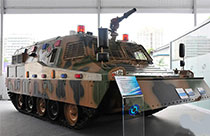 China-made special vehicles in exhibition
China-made special vehicles in exhibition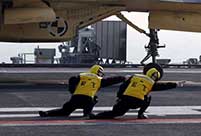 Soldiers serving at Liaoning aircraft carrier
Soldiers serving at Liaoning aircraft carrier Bikini beauties lifeguards in river rafting place
Bikini beauties lifeguards in river rafting place PLA soldiers eat raw snake meat in harsh training
PLA soldiers eat raw snake meat in harsh training Kiss contest held in Nanning, SW China
Kiss contest held in Nanning, SW China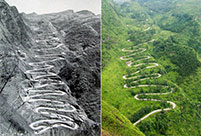 Yunnan-Myanmar Road: The past and present
Yunnan-Myanmar Road: The past and present Photos of beautiful policewoman become online hit
Photos of beautiful policewoman become online hit Campus belle of Xiamen University gets popular online
Campus belle of Xiamen University gets popular online Gettin’ Bei-jiggy
Gettin’ Bei-jiggy Diplomats risk own lives for China’s future
Diplomats risk own lives for China’s future Infrastructure projects needed for stability: experts
Infrastructure projects needed for stability: experts Chinese student detained in Iraq freed, to return home soon
Chinese student detained in Iraq freed, to return home soonDay|Week